- The virtual power plant market is growing.
- Diversification of renewable energy sources necessitates advanced energy management technology.
- The virtual power plant market is expected to keep growing exponentially.
The metaverse is fast becoming the face of virtual digital technology, and the possibilities it engenders are being adopted in the field of power generation. The result? The virtual power plant. We’ve progressed from the past, when thermal power generation was the mainstay of energy supply. We now have a variety of energy sources, including solar power, wind power, and water power. It just so happens that the virtual power plant has appeared at a time when we needed a solution for managing these numerous energy sources.
What is a virtual power plant?

As a rule of thumb, power plants produce about 15% more electricity than is needed. This surplus is there to cover any unforeseen shortages. Electricity is produced in excess because demands can’t be pinpointed, but surplus electricity usually just dissipates. Knowledge of exactly how much electricity will be required can prevent the waste of surplus electricity, as well as carbon emissions.
To accomplish this, we need something called a smart grid. A smart grid is a power grid enhanced by ICT to enable intelligent, real-time calculations of power supply and demand based on high-integrity data, a feature which prevents the production of unnecessary surplus electricity. While the basic power grid has a one-way supply configuration based on supplying electricity from coal-fired and atomic energy power plants to consumers, with a smart grid the two-way distribution of electricity is possible. A virtual power plant is basically an enhanced version of a smart grid.
Emissions-free, green energy is now a global priority. Over time, we’re only going to use more renewable energy, and this is going to lead to power plants being reduced in size and dispersed throughout a region. But with power plants installed over a wider area, it will be more difficult to identify how much power we need and should produce. That’s where the virtual power plant comes in, to connect multiple heterogeneous power plants to the cloud. This integration enables the prediction of power needs and the integrated management of the power supply, which increases the efficiency of energy supply.
How virtual power plants are used

Countries with a strong commitment to renewable energy are actively installing virtual power plants. In Europe, where the largest investments in renewable energy are being made, the virtual power plant industry has already grown to the 10 GW mark, with Germany having established a virtual power plant capable of around-the-clock power distribution through an integrated network of solar, biogas, and hydro power generation facilities. In the US, the world’s largest energy storage system market, the virtual power plant is evolving into a technology that not only enables power supply but also increases the reliability of power grids through demand response and load balancing technology. There also is technology for pricing electricity based on generation volume, and a technology that automates virtual power plant operation based on supply-and-demand algorithms.
Australia is currently building what will be the world’s largest virtual power plant. The Australian government has signed a deal with Tesla to have household solar panels and batteries installed in at least 50,000 homes in South Australia by 2022. These home solar solutions will be connected to a virtual power plant. On the completion of this project, the target homes will have 20% of their power needs met by solar energy and achieve a 30% saving on electricity bills. Following the 2011 Tōhoku earthquake and tsunami, Japan has been looking for ways to reduce its reliance on large power generation operations, and since 2016 has been auditing its installed virtual power plants to ensure the safe use of renewable energy. In 2018, the Ministry of Economy, Trade and Industry of Japan made a JPY 4.1 billion investment in virtual power plants aiming to optimize distributed generation for residential and commercial power supply.
Virtual power plant developments are picking up in Korea in line with the Korean government’s “Green Switch” policy. In November 2014, the Demand-Side Resources Market, a platform which enables entities to sell stored electricity on the market for profit, was established, and has been in operation ever since. In February 2019, the Distributed Energy Resource Market was created to form a systemic basis for multi-element virtual power plants. Public energy corporations and government agencies are taking the lead in creating virtual power plants for power systems optimization. A number of local governments are also executing virtual power plant projects. The Seoul Metropolitan Government plans to install virtual power plants with a total capacity of 4 ㎿for each of the 25 districts of Seoul by 2025, for an aggregate production of over 100 ㎿. Ulsan Metropolitan City is building an AI-enhanced virtual power plant platform and installing solar technologies on vacant rooftops to generate a total of 1.5㎿ of electricity; the 2 developments will be combined for market trading of the electricity produced.
Virtual power plant pioneers

P&S Market Research expects the virtual power plant market to grow by USD 1.187 billion by 2023, a figure consistent with the news of developments in various parts of the world. Next Kraftwerke, a German company that is Europe’s largest virtual power plant supplier, is engaged in virtual power plant developments in Germany, France, Italy, Netherlands, Belgium, and Portugal. Its background is in the trade of electricity collected from small-scale renewable energy sources. It had traded 12TWh of energy in Europe by 2018, and as of 2019 was managing over 7,660 energy resources. German home energy storage systems manufacturer Sonnen began the Sonnen Community project in 2015, which led to the creation of a platform for peer-to-peer trading of energy. Private members of the Sonnen Community who own a solar energy system and a Sonnen energy storage system have access to a virtual power plant service called Sonnen Flat.
US energy storage systems company Sunverge Energy has developed a virtual power plant solution that utilizes home energy management technology and smart devices (temperature control and water heating) for comprehensive energy management. Sunverge Energy and Korea Electric Power Corporation have signed a deal that will see their joint development of virtual power plants that use solar technologies and energy storage systems. In 2019, Japanese solar technologies supplier the Kyocera Group commenced a partnership with New York-based blockchain-based energy solutions developer LO3 Energy for the joint testing of virtual power plant technology; under this partnership, the Kyocera Group supplies photovoltaic modules and batteries, and LO3 Energy performs blockchain-based energy flow management. Last year, SK E&S of Korea acquired the US-based Electrodes Holdings, an operator of energy storage system-based virtual power plants, and in June of this year started working with AI-enabled smart energy storage solutions provider Stem to optimize its virtual power plant operations and gain momentum in the North American renewable energy market.
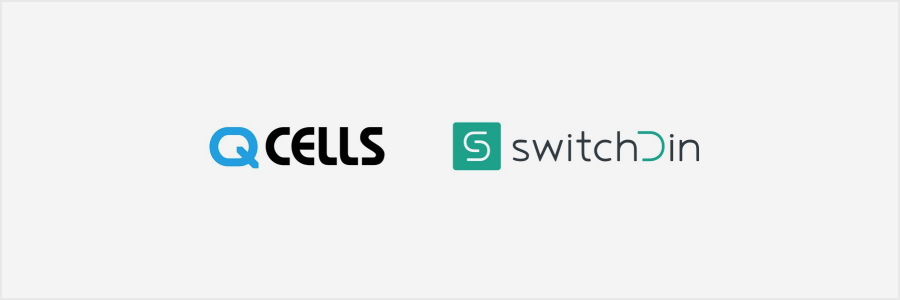
In May of this year, Hanhwa Q CELLS confirmed an investment in Australian energy management software developer SwitchDin, recognizing its prowess in virtual power plant technology fine-tuned for renewable energy. Hanhwa Q CELLS’ plan is to enter Australia’s highly developed distributed energy resources market with energy storage systems before introducing a wider range of green solutions. Hanhwa Q CELLS had been selected as a resource aggregator for virtual power plant installations in Japan in August 2018, and provided services in the control and management of energy through contracted arrangements with consumers.
A virtual power plant can use existing distributed energy resources to improve power supply without installing new infrastructure, enabling consumers to purchase electricity at a low rate and sell what’s left over. Power companies can take on a virtual power plant without installing new power lines or backup generators. At this juncture of renewable energy development, the virtual power plant is arguably the most eco-friendly and efficient means to addressing the drawbacks of renewable energy.
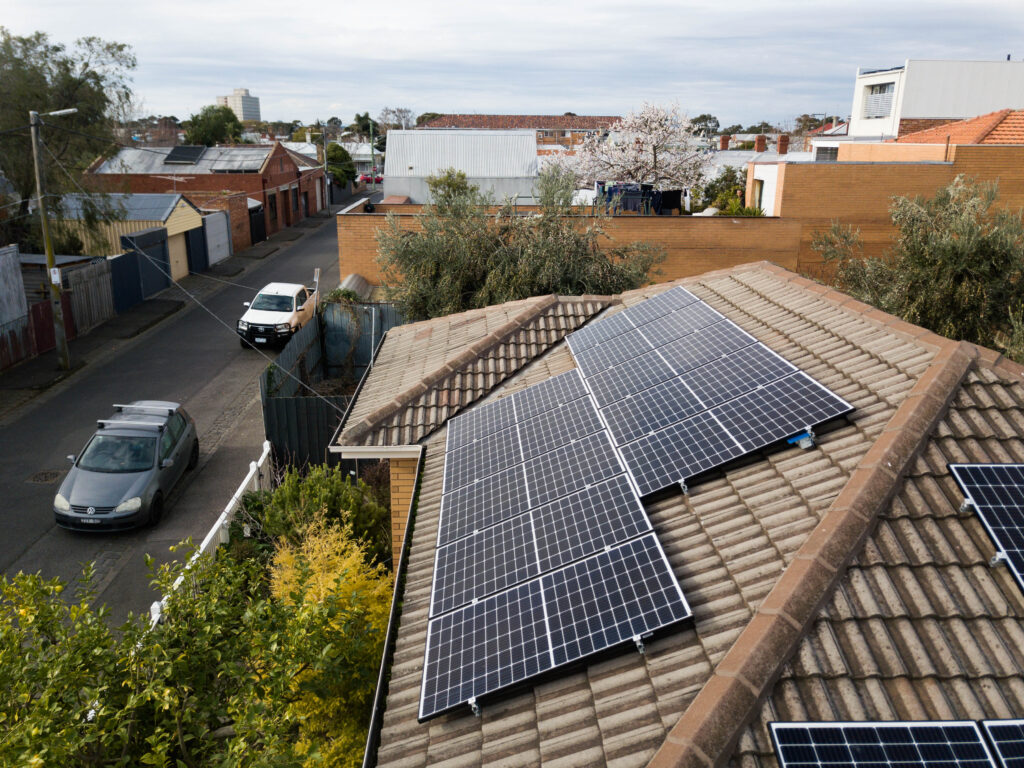
Release Date: Jul 01 2020
Caption:
Hanhwa Q CELLS’ decision in May of this year to invest in Australian energy management systems developer SwitchDin will see it enter the Australian green market, where the virtual power plant is entering the spotlight.
Connected Article: Virtual Power Plant: Move Over, Metaverse, the Meta-Plant is Here
File Size: 1.71 MB
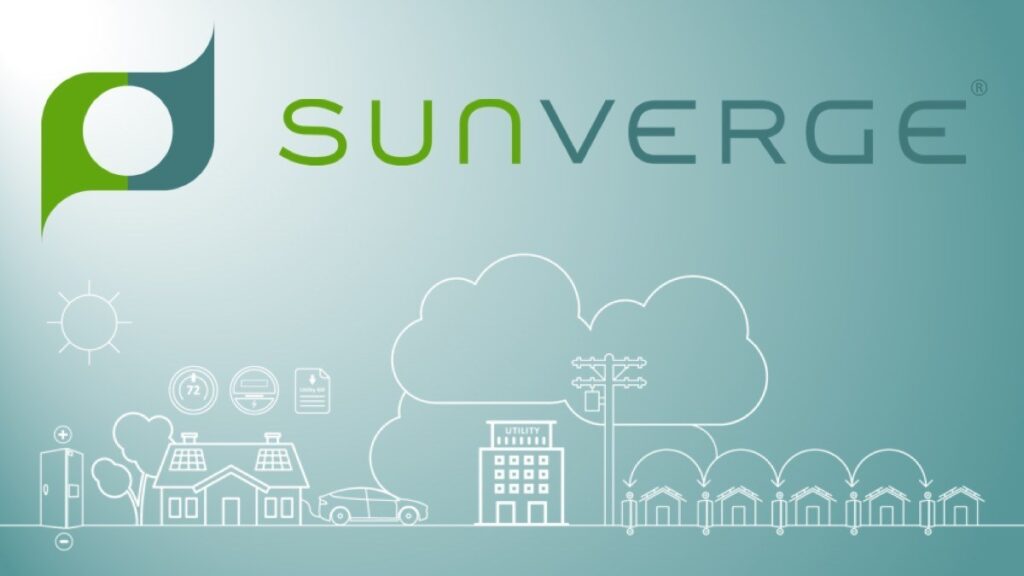
Release Date: Jul 01 2020
Caption:
US energy storage systems manufacturer Sunverge Energy is working with Korea Electric Power Corporation to jointly develop virtual power plant technology utilizing solar technologies and energy storage systems.
Connected Article: Virtual Power Plant: Move Over, Metaverse, the Meta-Plant is Here
File Size: 69.14 KB
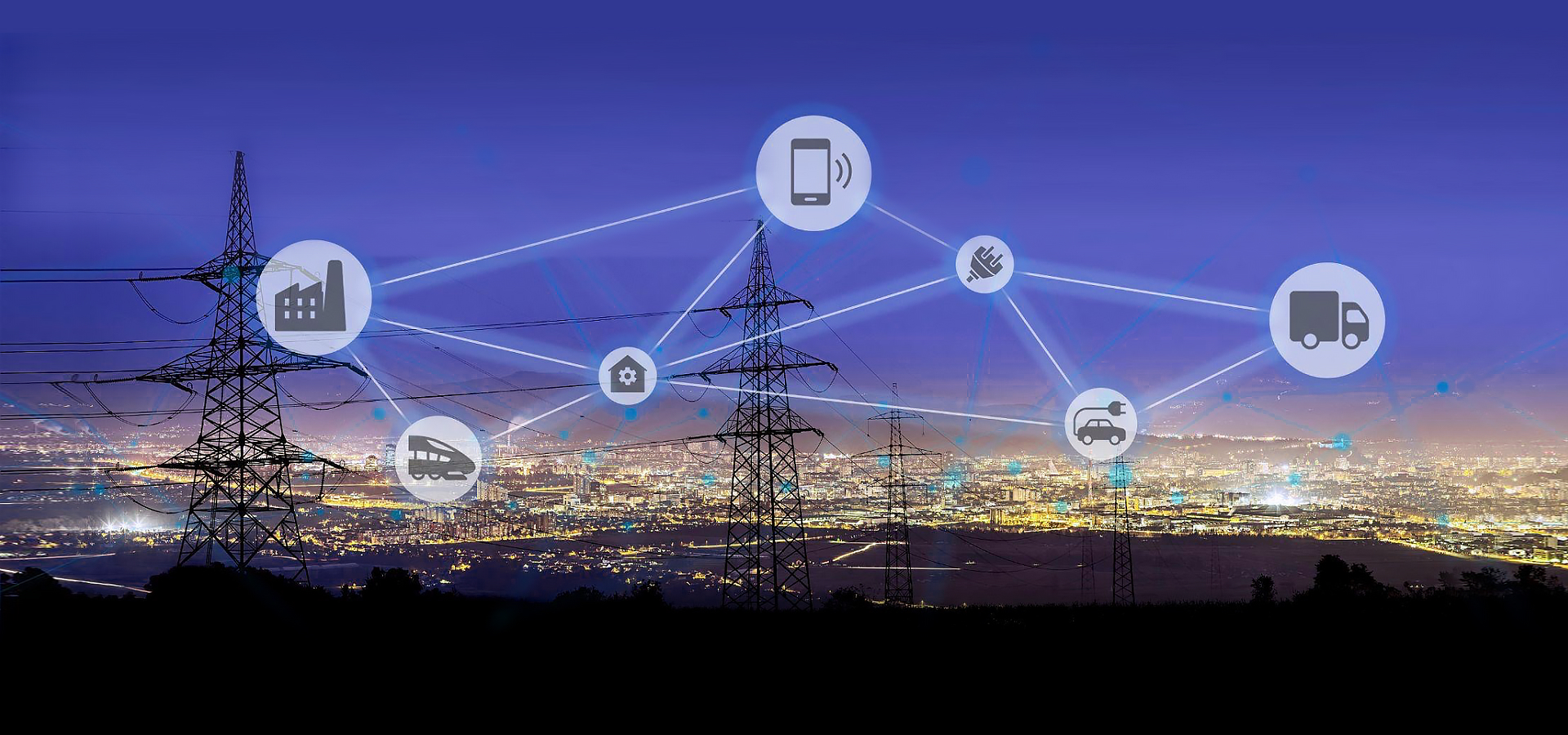


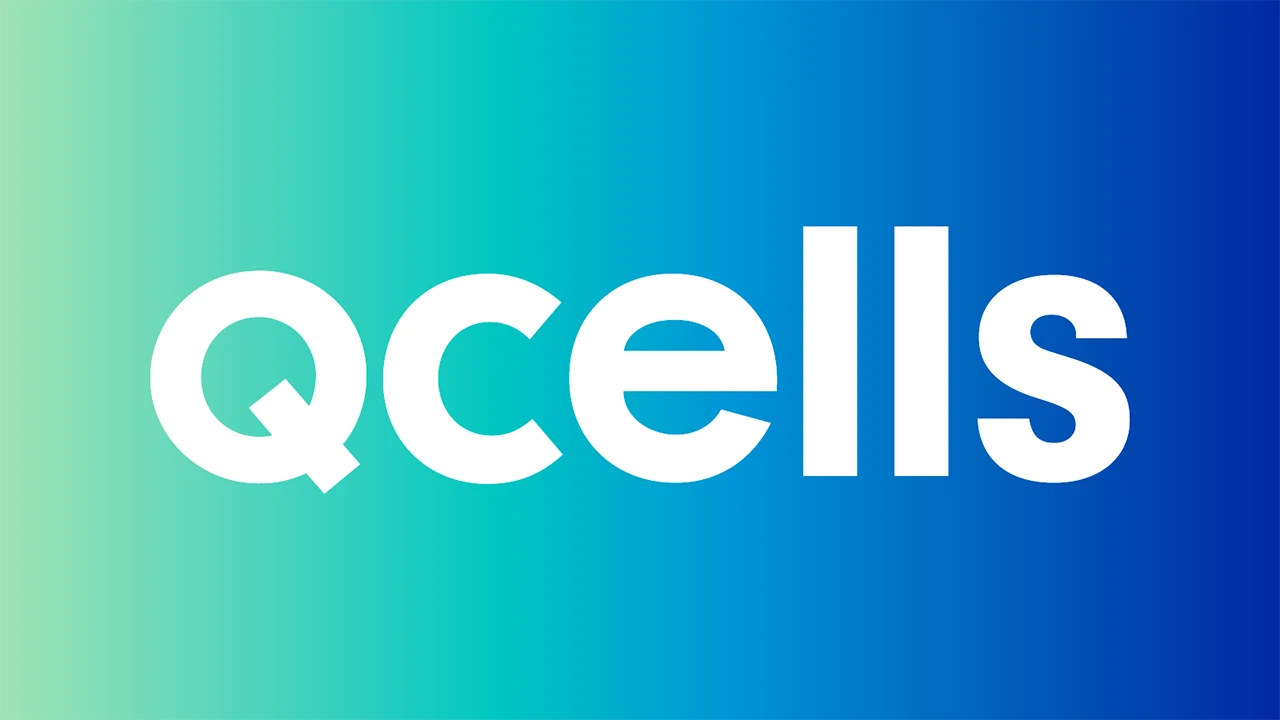

 USA & Canada
USA & Canada Korea
Korea Germany
Germany United Kingdom
United Kingdom France
France Italy
Italy Netherlands
Netherlands Greece
Greece Poland
Poland Portugal
Portugal Hungary
Hungary Spain
Spain Australia
Australia Japan
Japan